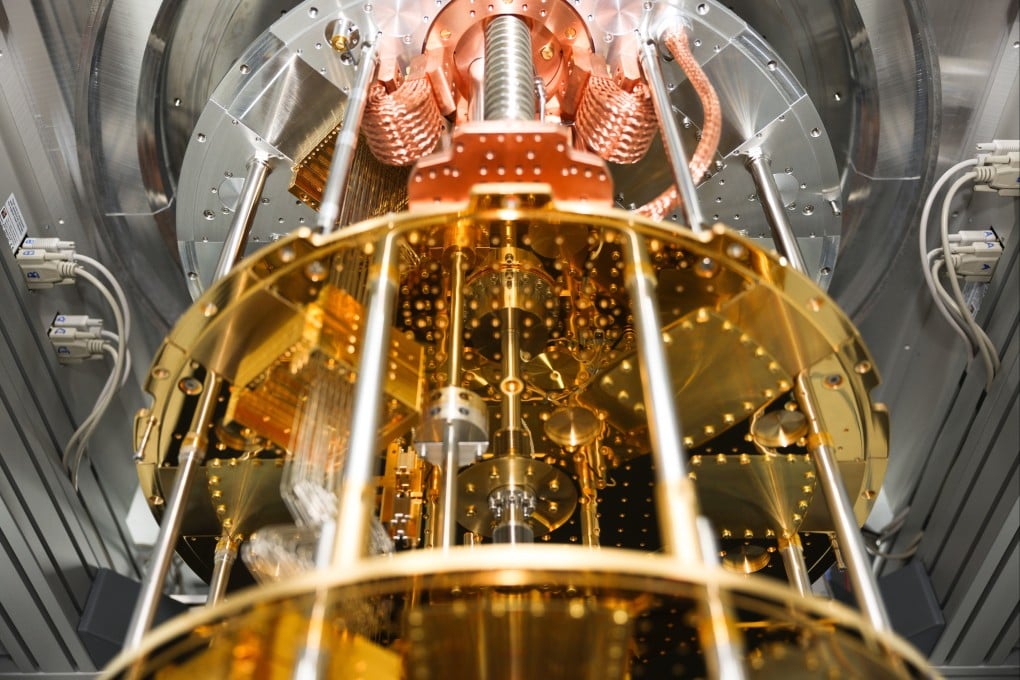Quantum computing moves a step closer to solving our most complex problems
- Researchers have devised a temperature control technique that can keep quantum bits stable longer
- Field could drive new discoveries in healthcare, energy, environmental science

One of the biggest challenges for scientists in the field of quantum computers is how to keep the tiny particles they study working together longer.
Now, a group of researchers in Britain, China and the United States have developed a temperature control technique that could soon help solve the kinds of complex problems that stump today’s smartest computers.
The mechanism, known as Quantum Many-Body Scarring (QMBS), is said to be a key step towards potential applications in quantum sensing and metrology, where more qubits can work together to boost the accuracy of measurements, including magnetic and electric fields.
Scientists say that quantum computing could someday propel new discoveries in fields like healthcare, energy, and environmental science.